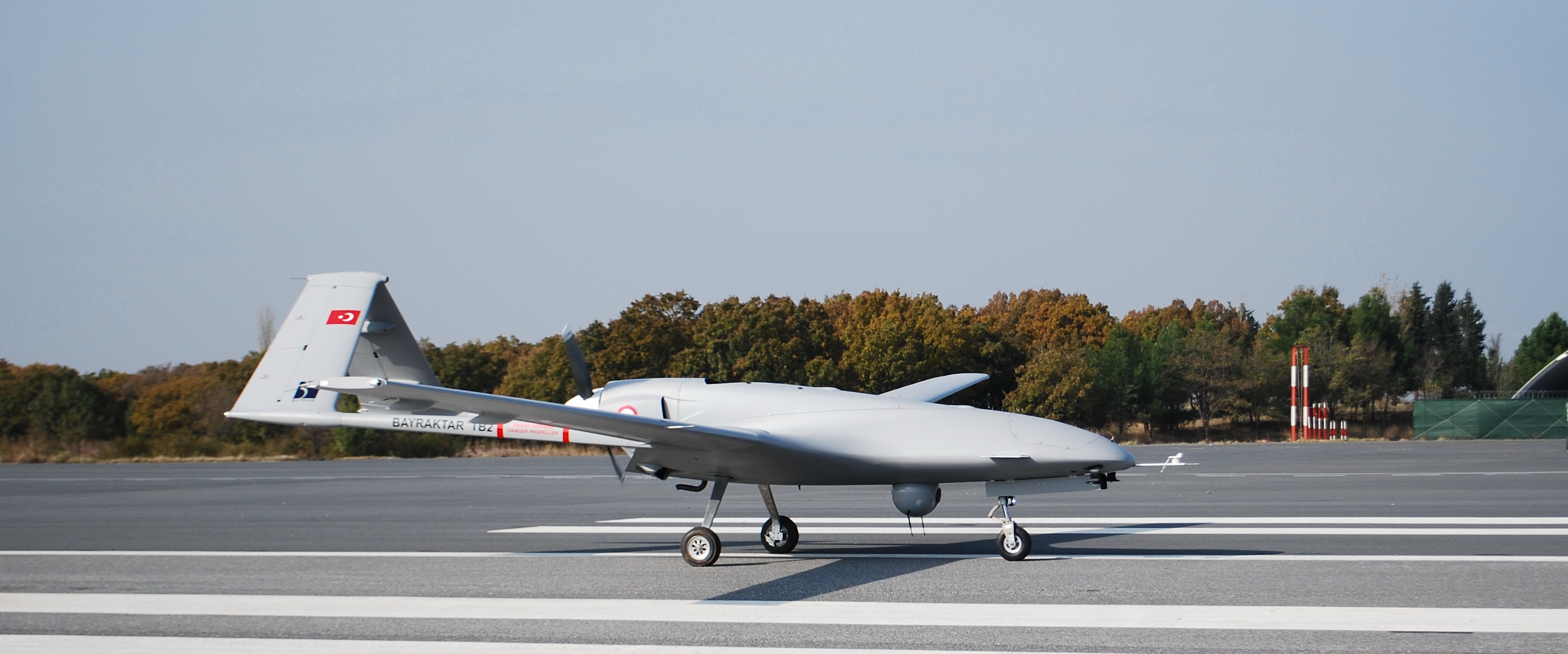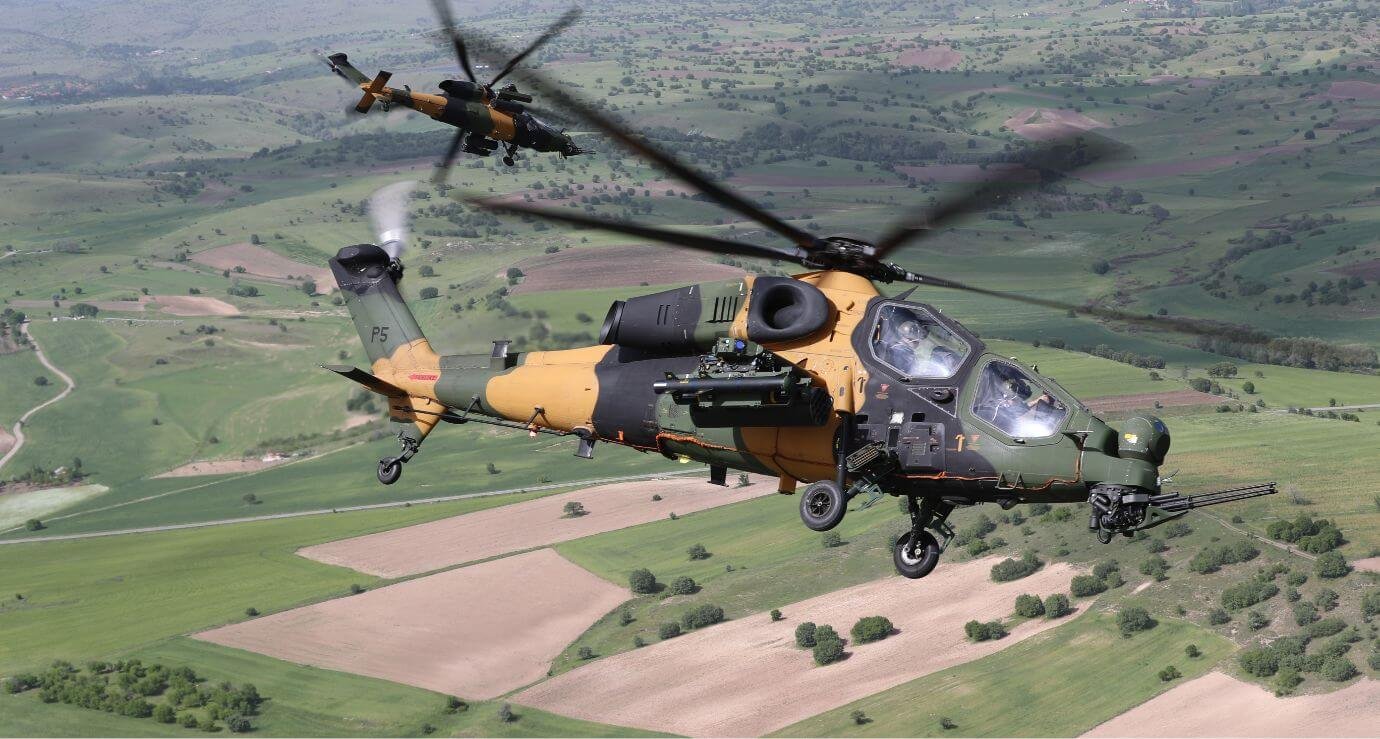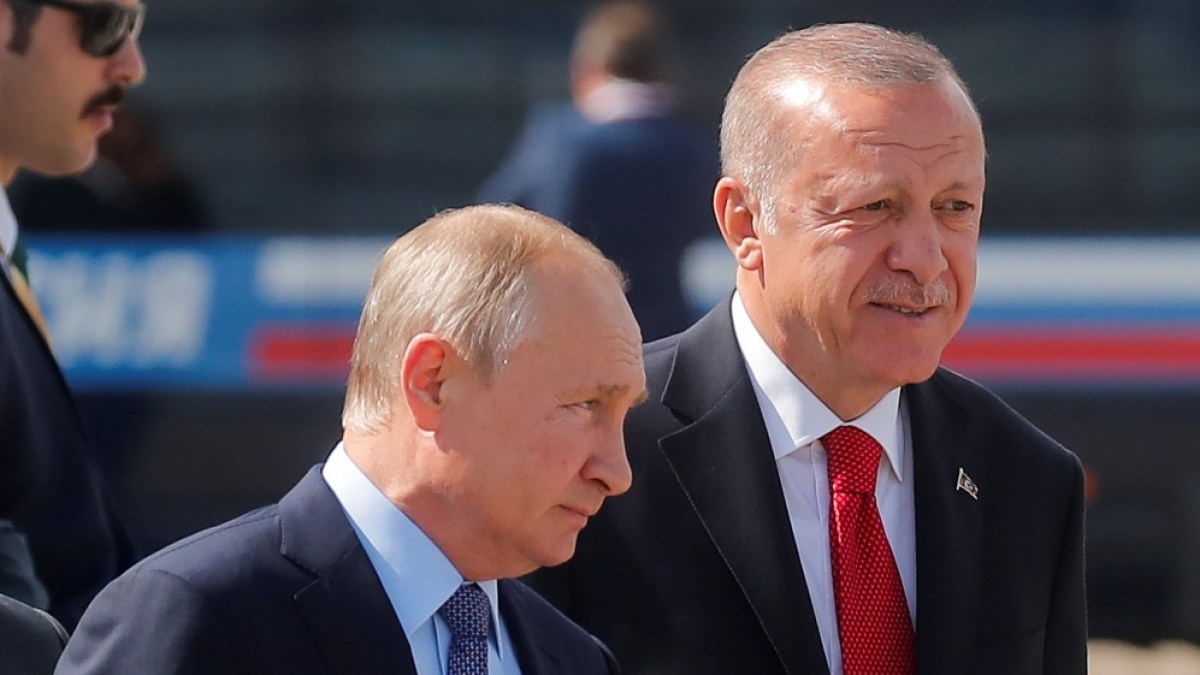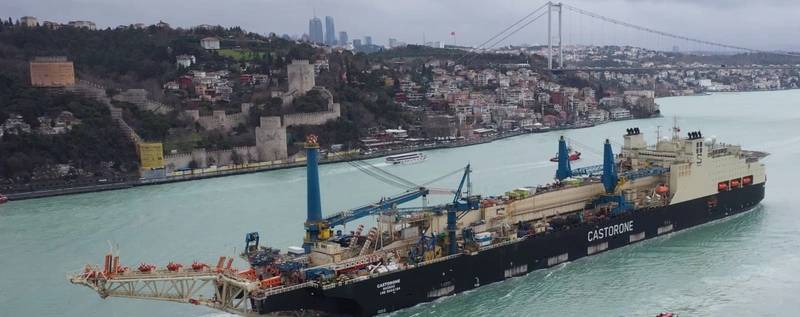Turkey Emerges Big Weapons Exporter In Asia; After UAVs & Warships, Its ‘Tiger’ Tanks Set To Roar In Indonesia
In what could be a symbol of Turkey’s expanding defense ties with Asian countries, the Indonesian military inducted medium-weight tanks developed in collaboration with Turkey into service earlier this month.
Outmatched 4:1, Indian Submarine Surfaces Near China Chokepoint; Expert Says ‘Woefully Short Of Subs’
According to an announcement from the Indonesian Embassy in Ankara, the Indonesian Defense Minister and President-elect Prabowo Subianto handed over ten of the tanks — known as Kaplan, or Tiger, in Turkish, and Harimau in Bahasa — to the Indonesian military.
The announcement noted that the Indonesian company PT Pindad and Turkish manufacturer FNSS collaborated to produce the contemporary medium-weight tank, which “reflected the recognition Indonesia gives to Turkish leadership in military technology in the world.”
Turkey and Indonesia signed an agreement in 2015 to develop and produce a medium-weight tank jointly. The agreement included provisions for the design and manufacture of two prototype tanks and stipulated that the intellectual property rights (IPR) would belong to both parties. The prototype induction and testing kicked off in 2017.

The first batch of tanks was delivered to the Indonesian military in March 2022. The sale of the Kaplan MT to Indonesia marked the first foreign sale of the system, as per reports in Turkish media.

KAPLAN MT or Harimau, is a modern medium-weight tank designed to offer exceptional tactical mobility together with a high degree of lethality.
According to the FNSS, “These versatile armored vehicles will bridge the gap between main battle tanks and light armored vehicles, offering a balanced solution for modern military operations.”
The statement published by the Indonesian Embassy went on to say, “Aside from the tanks, Indonesia also has a joint production cooperation with Turkish company TUSAS to manufacture 12 units of ANKA Drone,” which is a next-generation unmanned combat aerial vehicle created by Turkish Aerospace Industries.
In August last year, Indonesia bought 12 surveillance and reconnaissance ANKA drones worth $300 million from Turkish Aerospace Industries. These 12 Anka drones will be operated by Indonesia’s Air Force, Army and Navy.
Turkish Expansion In The Asian Market
The announcement is significant as it demonstrates an expanding Turkish footprint in the Asian market. Amid increased global demand and conflicts raging across the world, the Turkish defense industry has received a major boost, and it is leading the way with its land-based systems and drones.
Turkish defense companies are offering weapons-development partnerships for military hardware, including the fifth-generation Kaan warplane, the Altay main battle tank, and the L400 light aircraft carrier—the first warship in the world built to carry drones rather than planes—to attract Asian countries interested in lowering their dependency on imported arms.
Experts believe that foreign customers have shown interest in Turkish land systems mainly because Turkish manufacturers are “more willing” to co-produce and co-develop land systems with partners and friends.
In contrast, drone sales have been at an all-time high due to their demonstrated combat performance in the ongoing Ukraine war as well as the Nagorono-Karabakh conflict between Azerbaijan and Armenia, among a host of others.

Turkey has been looking to expand its arms sales to Asian countries after entering the Middle Eastern market. It recently delivered Bayraktar TB2s to the Maldives which the Indian Ocean island state has already started flying. This important purchase signifies the first-ever military drone deployment by the Maldives National Defence Force, a calculated step meant to improve surveillance and security capabilities at home.

Earlier this year, Ankara lost out on contracts worth US$920 million to supply Malaysia with 15 light combat aircraft and US$574 million to the Philippines for six offshore patrol vessels. These deals were won by South Korean firms.

The Philippines has nonetheless bought the T129 Tactical Reconnaissance and Attack Helicopters (ATAK) from Turkey, and Malaysia ordered Anka drones from Turkey. Ankara’s failed sales attempts have not dissuaded it from wooing other Asian partners.
Turkey has also managed to negotiate drone deals with Central Asian country Kazakhstan. The assembly of the Turkish Anka drone is scheduled to begin in Kazakhstan in 2024.
One of Turkey’s most significant partners in Asia is Pakistan. On its part, Pakistan continues to receive cutting-edge equipment from Turkey. It has taken delivery of three of four Milgem naval corvettes under a 2018 contract.
In addition, Islamabad has also received the latest Akinci drones from Turkey and is speculated to join the fifth-generation Turkish Aerospace (TA) Kaan fighter aircraft program.

There’s another South Asian country that has courted Turkey for its arms. Over the last five years, Bangladesh’s acquisitions of armaments from Turkey have surged dramatically. The country has purchased a wide variety of defense hardware from Turkey, including TB2 drones, armored vehicles, mine-protected vehicles, multi-dimensional rocket defense systems, short-range missiles, and Cobra armored personnel carriers.
As a member of NATO, Turkey provides potential clients with access to cutting-edge defense technologies without the stringent requirements put in place by exporters from the US and Europe.
Additionally, customers can avoid the politically delicate option of purchasing weapons from China or Russia, which runs the risk of triggering Western sanctions.




